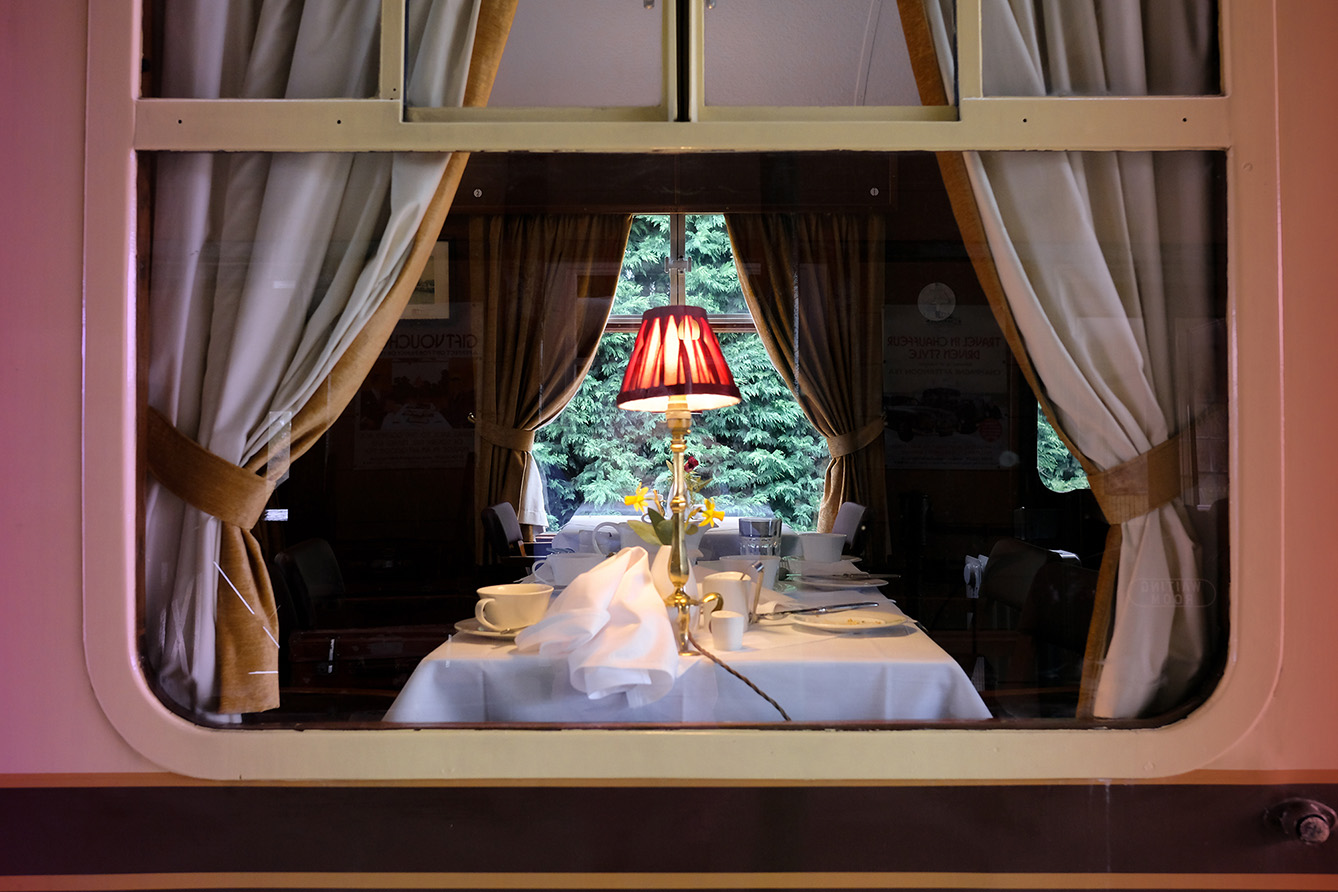Have you ever spent a weekend in Central Europe and wished that it would have been easier for you to visit more cities before flying home? That will become possible once the region’s High Speed Rail Network becomes operational. Historical cities such as Warsaw, Prague, Budapest and Bratislava will all be connected by trains traveling at speeds up to 350 km/h.
It is hard to disagree with the statement that there is something special about traveling by train. Unlike in cramped planes, on trains, it’s possible for passengers to stretch their legs during the journey, observe the natural landscapes flashing by the window and enjoy a lunch in the dining car that tastes nothing like what is offered above the clouds.
Traveling by train in Central Europe has been an experience for the books ever since the first Orient-Express set off from London in 1883, passing through Vienna, Budapest and Bucharest before reaching Istanbul. The herculean task to build a High-Speed Rail (HSR) network in the region will take time, but once finished, it will make travel more comfortable, accessible and sustainable.
Warsaw to Budapest as the backbone
In 2018, Transport Ministers of the Visegrad countries (Czech Republic, Slovakia, Poland and Hungary) launched talks on the establishment of an HSR line connecting the cities of Budapest and Warsaw with stops in the Slovak capital Bratislava and Brno in eastern Czechia.
It was soon decided that further extensions would be built to Prague, and plans were also drawn up to connect it with other HSR lines in Germany, Italy, the Baltic states and Serbia.
The project will reduce travel times between Budapest-Vienna and Budapest-Bratislava to around an 1.5h. Budapest to Prague will take about 3.5h, while the stretch between Budapest and Warsaw will need a journey of 5.5h.
HSR: Benefits compared to flying
HSR lines are competitive with airlines on short and mid-range stretches, as air travel also entails additional time spent at the airport — both before the departure and at the baggage claim upon arrival. The process of exiting the plane and the commute between city centers and airports is also often quite time consuming.
According to the European Commission study “European high-speed rail – An easy way to connect”, HSR lines are highly competitive on journeys lasting up to 4.5h. HSR is also attractive to passengers who value cleaner alternatives to flying. Partly due to the role bullet trains can play in cutting greenhouse gas emissions, the EU has adopted a goal of doubling HSR transport by 2030 and tripling it by 2050.
A decade of hard work ahead
In the summer of 2021, Hungary became the first country to complete the feasibility for its stretch of the HSR line. Poland is expected to start construction in 2023 while the Czech Republic will do so in 2025. If everything goes according to plan, the entire stretch will be finished in the early 2030s. Once completed, it will give commuters completely new opportunities while also making it possible for tourists to tick off some of Central Europe’s great gems, Warsaw, Prague, Vienna, Bratislava and Budapest in a single weekend. Happy travels!







